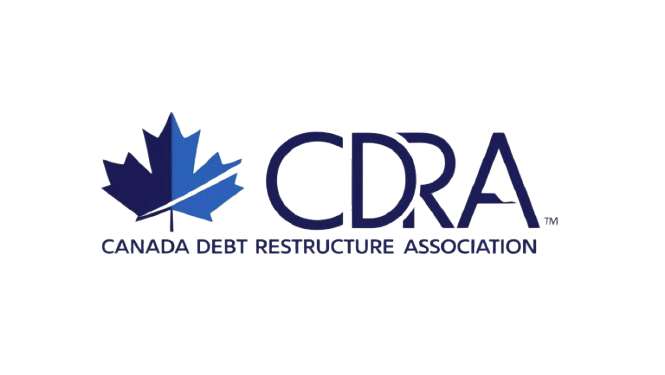Managing debt is a common challenge faced by many Canadians, particularly in a landscape marked by rising living costs and fluctuating interest rates. Understanding the different types of debt and the unique challenges they present is essential for developing effective strategies for debt management. This expert guide aims to provide comprehensive insights into managing debt in Canada, helping individuals and families regain control of their financial situation and work towards a debt-free future.
Understanding Debt: Types and Challenges in Canada
Debt in Canada can manifest in various forms, each with its own characteristics and implications. The most common types include secured debt, such as mortgages and auto loans, which are backed by collateral, and unsecured debt, such as credit card balances and personal loans, which carry higher risk due to the absence of collateral. Additionally, Canadians often encounter student loans, payday loans, and lines of credit, each presenting unique challenges, such as high-interest rates and repayment terms that can lead to financial strain if not managed properly.
One major challenge facing Canadians in debt is the rising cost of living, which can make it difficult to meet monthly obligations. With inflation rates affecting everyday expenses, many Canadians find themselves in a precarious financial situation where they must choose between paying bills, servicing debt, or maintaining a standard of living. Furthermore, the psychological burden of debt can lead to stress and anxiety, impacting both mental and physical health. Understanding these challenges is the first step in developing effective strategies to manage and overcome debt.
Another significant factor contributing to debt challenges in Canada is the lack of financial literacy. Many Canadians are not equipped with the skills needed to manage their finances effectively, leading to poor spending habits and reliance on credit. This gap in knowledge can perpetuate a cycle of debt that becomes increasingly difficult to escape. By addressing these underlying issues and equipping individuals with the tools they need to understand and manage their debt, Canada can foster a more financially literate society capable of making informed decisions.
Proven Strategies for Effective Debt Management Solutions
To effectively manage debt, it is crucial to create a comprehensive budget that accounts for all income and expenses. This budget should prioritize essential expenses and identify any discretionary spending that can be reduced or eliminated. By tracking spending habits, Canadians can identify areas where they may be overspending and redirect those funds toward debt repayment. Tools such as budgeting apps or spreadsheets can be beneficial in maintaining this financial discipline and ensuring that individuals stay on track with their financial goals.
Another efficient strategy for debt management is the debt snowball approach, which involves paying off the smallest debts first while making minimum payments on larger debts. By eliminating smaller debts, individuals can build momentum and gain confidence, making it easier to tackle larger balances over time. Conversely, the debt avalanche method focuses on paying off debts with the highest interest rates first, potentially saving more money on interest in the long run. Both methods can be effective depending on individual preferences, and understanding which strategy aligns best with personal circumstances is key to successful debt management.
Lastly, seeking professional advice can be a critical step in managing debt. Financial advisors, credit counselors, and debt management services can provide personalized guidance tailored to individual financial situations. These professionals can help individuals understand their options, whether it be negotiating lower interest rates, consolidating debts, or exploring debt relief programs such as consumer proposals or bankruptcy. Engaging with experts can empower Canadians to make informed decisions that will lead to long-term financial stability and, ultimately, a debt-free life.
Managing debt in Canada may seem daunting, but with a clear understanding of the types of debt and the challenges involved, individuals can implement effective strategies to regain control of their finances. By creating a budget, employing proven debt repayment methods, and seeking professional guidance, Canadians can navigate their way through financial difficulties. With commitment and discipline, it is possible to overcome debt and achieve a brighter financial future, leading to greater peace of mind and stability.



